Description
Included KWLs:
- Insects (Generic) – 2 different ones
- Insect Type: _____ (Fill in the Blank)
- Insects that Hop
- Butterflies and Moths
- Insects that Fly
- Ground Dwelling Insects
- Beetles
- Flies
- Insects that Sting
- Insects that Fly
- Insects considered Pests
- Insects ______ (Fill in the blank)
What is the value of using K-W-L worksheets? K-W-L worksheets are graphic organizers that help students organize information before, during, and after a unit or a lesson. They can be used to engage students in a new topic, activate prior knowledge as well as to monitor students’ learning.
How to use…
- Complete Column 1
Have students respond to the first prompt in column 1: What do you Know about this topic? Students can do this individually or in small groups. Often, teachers create a master list of all students’ responses. One question that frequently emerges for teachers is how to address misconceptions students share. Sometimes it is appropriate to correct false information at this point in the process. Other times, you might want to leave the misconceptions so that students can correct them on their own as they learn new material. - Complete Column 2
Have students respond to the prompt in column 2: What do you Want to know about this topic? Some students may not know where to begin if they don’t have much background knowledge on the topic. Therefore, it can be helpful to put the six questions of journalism on the board as prompts (Who? What? Where? When? Why? How?). We suggest that students’ responses and questions be used to direct the course of study. As students share what they want to learn, this step provides an opportunity for teachers to present what they hope students will learn in the unit. - Complete Column 3 and Review Columns 1 and 2
Throughout the unit, students can review their K-W-L charts by adding to column 3: What did you Learn? Some teachers have students add to their charts at the end of each lesson, while others have students add to their charts at the end of the week or the end of the unit. As students record what they have learned, they can review the questions in column 2, checking off any questions that they can now answer. They can also add new questions. Students should also review Column 1 so they can identify any misconceptions they may have held before beginning the unit.
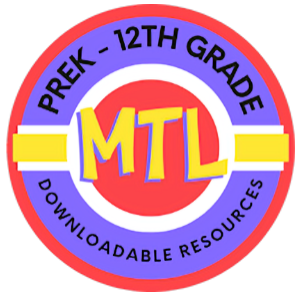

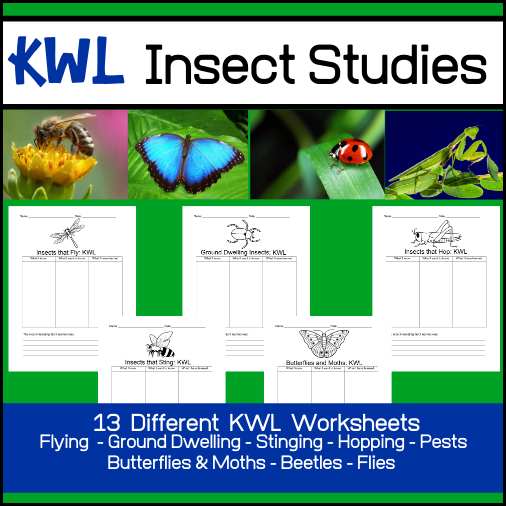
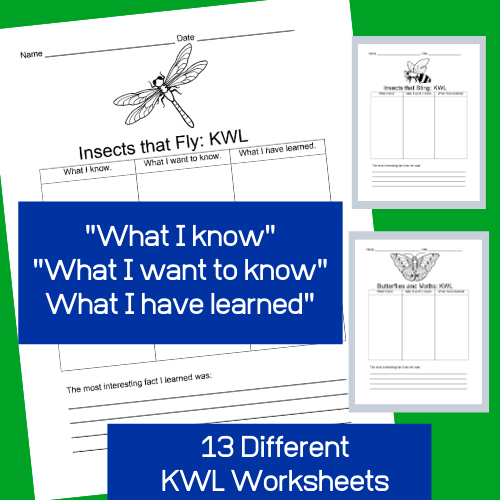
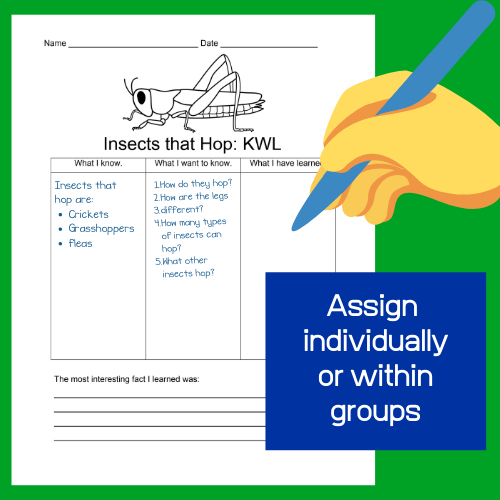
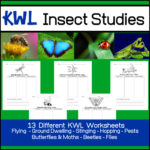
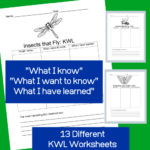
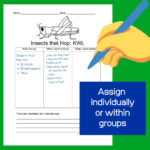
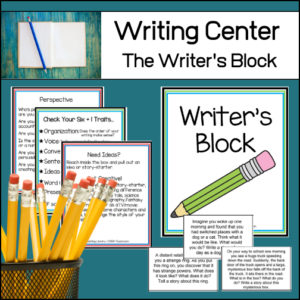
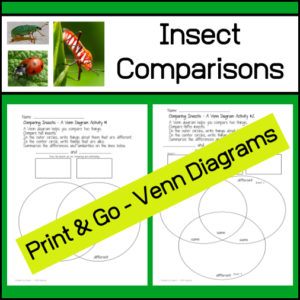
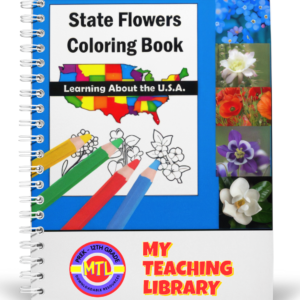
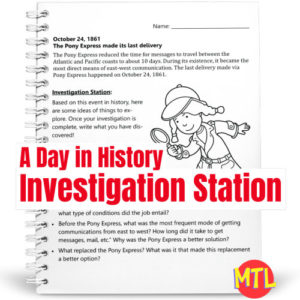
Reviews
There are no reviews yet.